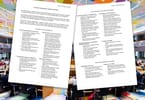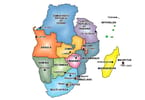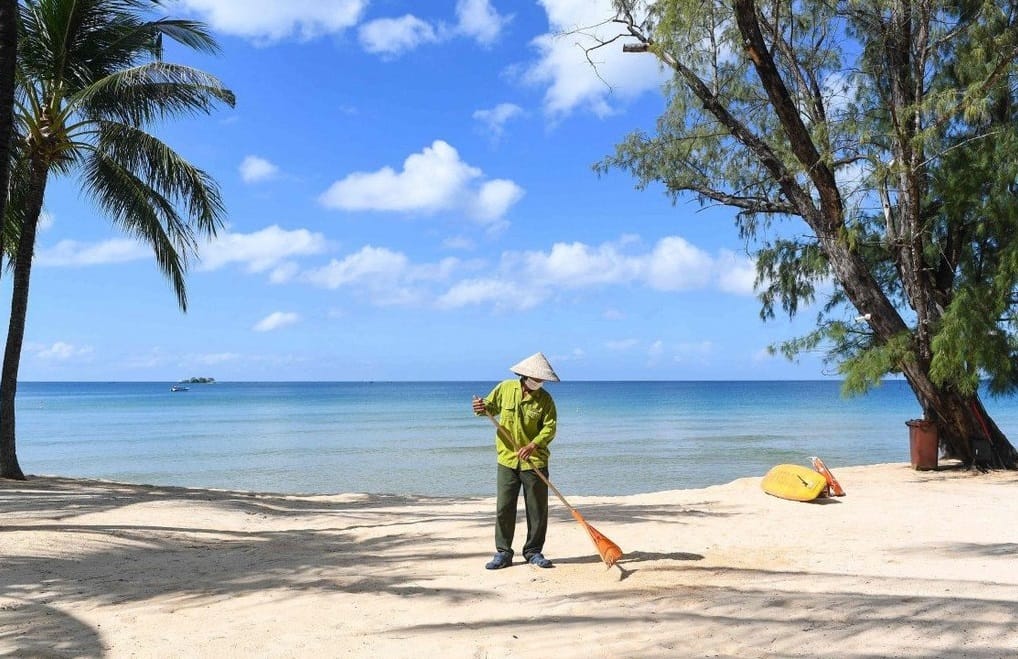With a fauna species count of 89,500, India accounts for nearly 7.31% of the global fauna total, though it occupies only 2.4% of the total world area. A stunning array of habitat includes tropical rain forests, temperate forests, coastal wetlands and alpine vegetation, not forgetting the Western Ghats and the Eastern Himalayas. The importance of our amazing biodiversity can’t be undermined by unplanned development. Responsible tourism on the other hand could act as a catalyst by ensuring there is sustained development as well as protecting the natural wealth, aimed at satisfying needs and not fulfilling greed.
The largest democracy of the world is faced with a number of challenges ranging from raising the level of those living below the poverty line, overpopulated cities, existential issues to deforestation caused due to unplanned development. With five natural reserves listed as world heritage sites, there is no denying these most fragile regions need planned and systematic development. Tourism if used responsibly (by adopting international standards) could be the pointer for development and better living standards arising from employment opportunities for the underprivileged, profit sharing models, new perspectives in thinking and global awareness. It’s a win-win situation for both; locals as well as tourists.
In reality though this doesn’t always happen, in some instances it is tourism which brings about the downfall of a region affecting the bio-diversity and the species residing within these specific spots. Quite often virgin destinations (once discovered) see many footfalls with visitors caring little with the ultimate aim being enjoyment without responsibility. Over a period of time irresponsible tourism gains the upper hand resulting in unplanned development, haphazard and illegal mushrooming of resorts, migration from surrounding areas and fly-by-night operators who are least concerned about the sustainability of these locations, which could lie around forest fringes, periphery of coastlines or fragile mountain paths. Over a medium term these destinations become crowded, witness global warming like situations, experience a fall in ground water levels and are ultimately abandoned.
On the brighter side there is now a sense of awareness that we (in India) do not need to `uproot’ our natural resources and reserves. The ministry of environment and forests is examining and re-examining each project with due diligence and has stalled major projects such as the bauxite mining project in a tribal belt in Orissa. Urgent attention is being paid to our dwindling tiger population, with sincere attempts being made to make local authorities aware of the need to conserve. The Kanha National Park in Madhya Pradesh is quite a success story, with the park recording the birth of 22 cubs this winter, alone.
The need of the hour on world tourism day is to determine the carrying capacity in a scientific manner of our 88 national parks and sanctuaries, our magnificent coastlines and all spots connected with bio-diversity preservation; these include pilgrim sites located in lofty Himalayas as well. Once determined, the next step is to ensure energy producing systems and waste disposal units are in place and complement a region. If need be, there could be regulation of the number of tourists visiting a National Park/sanctuary (as is done at Algonquin National Park in Canada) and restricted development, being followed in the Black Forest of Southwest Germany.
Tourism walks the fine line between taking a destination to new levels or over-exploiting it and bringing it to a new low. On world tourism day, let’s ponder on the same.
“Communities with real power and even greater responsibility are the only hope,” A N Sudarsan Rao
Hector Dsouza is the president: of L’orient Travels.
WHAT TO TAKE AWAY FROM THIS ARTICLE:
- The need of the hour on world tourism day is to determine the carrying capacity in a scientific manner of our 88 national parks and sanctuaries, our magnificent coastlines and all spots connected with bio-diversity preservation.
- If need be, there could be regulation of the number of tourists visiting a National Park/sanctuary (as is done at Algonquin National Park in Canada) and restricted development, being followed in the Black Forest of Southwest Germany.
- The largest democracy of the world is faced with a number of challenges ranging from raising the level of those living below the poverty line, overpopulated cities, existential issues to deforestation caused due to unplanned development.





















